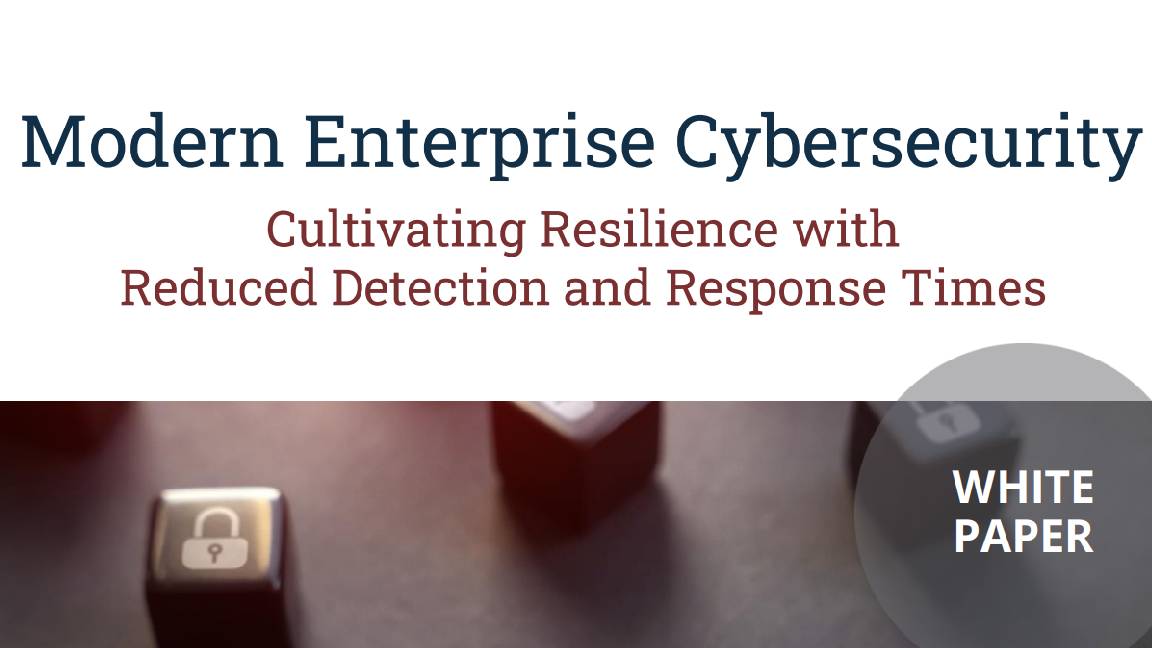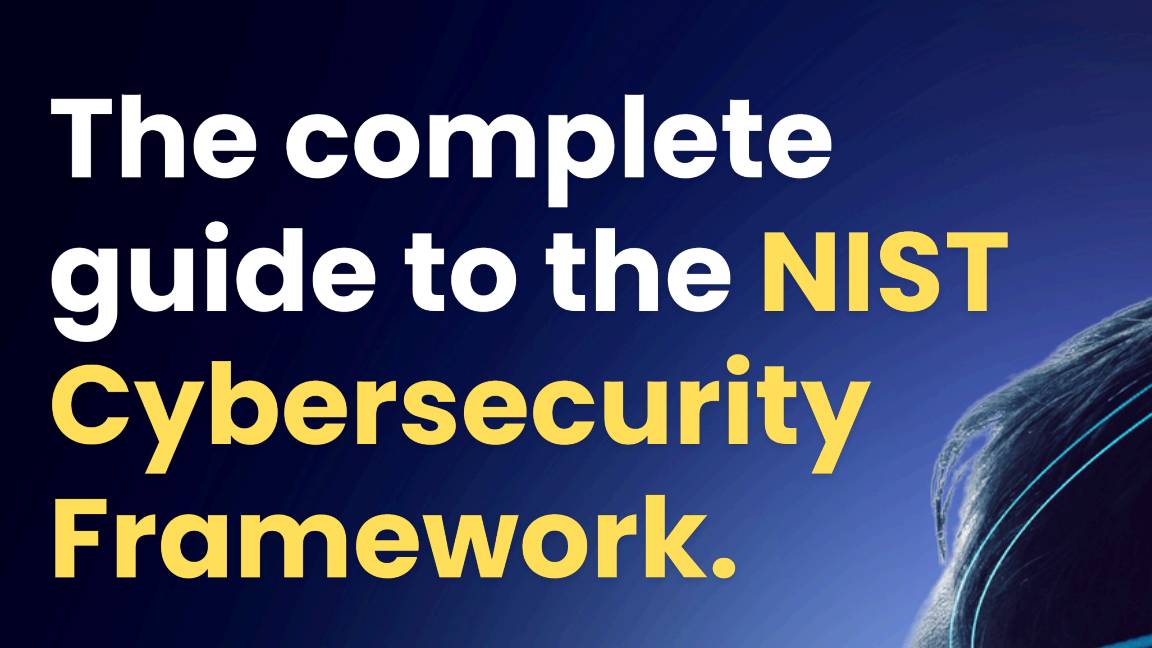Zero-day flaws in Internet Explorer and Exchange patched by Microsoft
Exploit code is known to be in circulation for both vulnerabilities


Two zero-day flaws affecting Internet Explorer and Exchange have been fixed by Microsoft as part of its weekly 'Patch Tuesday' update rollout. Both vulnerabilities were known to have exploit code in circulation.
One of the patches addressed an "important" privilege elevation flaw in Microsoft Exchange Server that could be used to gain administrative control over an Exchange server via a relatively straightforward man-in-the-middle attack. It was first revealed last month by security researchers, with proof-of-concept exploit code to accompany it.
Patches have been issued for Exchange Server 2010, 2013, 2016 and 2019. Microsoft's advisory warned that the vulnerability - which is designated as CVE-2019-0686 - warned that although no active exploits had been detected in the wild, exploits were likely.
The second issue relates to Internet Explorer and the way it handles objects in memory. Unlike the Exchange flaw, this vulnerability was not disclosed but was discovered by Google's Project Zero researchers being actively exploited in the wild.
"An attacker who successfully exploited this vulnerability could test for the presence of files on disk," Microsoft's advisory warned. "For an attack to be successful, an attacker must persuade a user to open a malicious website."
The flaw - CVE-2019-0676 - affects Internet Explorer versions 10 and 11 on all supported platforms, including Windows Server 2012, 2016 and 2019.
Along with these issues, this week's Patch Tuesday saw fixes for products including Edge, Windows, .NET Framework, Visual Studio Code and the ever-updated Adobe Flash Player.
Sign up today and you will receive a free copy of our Future Focus 2025 report - the leading guidance on AI, cybersecurity and other IT challenges as per 700+ senior executives
IT administrators should take note of the patches and work to apply them as the vulnerabilities are now out in the public's eye and thus potentially ripe for hackers to exploite them if they aren't fixed.
Adam Shepherd has been a technology journalist since 2015, covering everything from cloud storage and security, to smartphones and servers. Over the course of his career, he’s seen the spread of 5G, the growing ubiquity of wireless devices, and the start of the connected revolution. He’s also been to more trade shows and technology conferences than he cares to count.
Adam is an avid follower of the latest hardware innovations, and he is never happier than when tinkering with complex network configurations, or exploring a new Linux distro. He was also previously a co-host on the ITPro Podcast, where he was often found ranting about his love of strange gadgets, his disdain for Windows Mobile, and everything in between.
You can find Adam tweeting about enterprise technology (or more often bad jokes) @AdamShepherUK.
-
 Cisco sounds alarm over AsyncOS zero-day flaw
Cisco sounds alarm over AsyncOS zero-day flawNews The zero-day vulnerability affects Cisco's Secure Email Gateway and Secure Email and Web Manager appliances – here's what we know so far.
-
 EU lawmakers want to limit the use of ‘algorithmic management’ systems at work
EU lawmakers want to limit the use of ‘algorithmic management’ systems at workNews All workplace decisions should have human oversight and be transparent, fair, and safe, MEPs insist
-
 ‘The worst thing an employee could do’: Workers are covering up cyber attacks for fear of reprisal – here’s why that’s a huge problem
‘The worst thing an employee could do’: Workers are covering up cyber attacks for fear of reprisal – here’s why that’s a huge problemNews More than one-third of office workers say they wouldn’t tell their cybersecurity team if they thought they had been the victim of a cyber attack.
-
 "Thinly spread": Questions raised over UK government’s latest cyber funding scheme
"Thinly spread": Questions raised over UK government’s latest cyber funding schemeThe funding will go towards bolstering cyber skills, though some industry experts have questioned the size of the price tag
-
 Modern enterprise cybersecurity
Modern enterprise cybersecuritywhitepaper Cultivating resilience with reduced detection and response times
-
 IDC InfoBrief: How CIOs can achieve the promised benefits of sustainability
IDC InfoBrief: How CIOs can achieve the promised benefits of sustainabilitywhitepaper CIOs are facing two conflicting strategic imperatives
-
 The complete guide to the NIST cybersecurity framework
The complete guide to the NIST cybersecurity frameworkWhitepaper Find out how the NIST Cybersecurity framework is evolving
-
 Are you prepared for the next attack? The state of application security in 2024
Are you prepared for the next attack? The state of application security in 2024Webinar Aligning to NIS2 cybersecurity risk-management obligations in the EU
-
 The economics of penetration testing for web application security
The economics of penetration testing for web application securitywhitepaper Get the most value from your security solution
-
 How to extend zero trust to your cloud workloads
How to extend zero trust to your cloud workloadsWhitepaper Implement zero trust-based security across your entire ecosystem
